Franco Grignani: Art as Design 1950-1990 at Estorick Collection
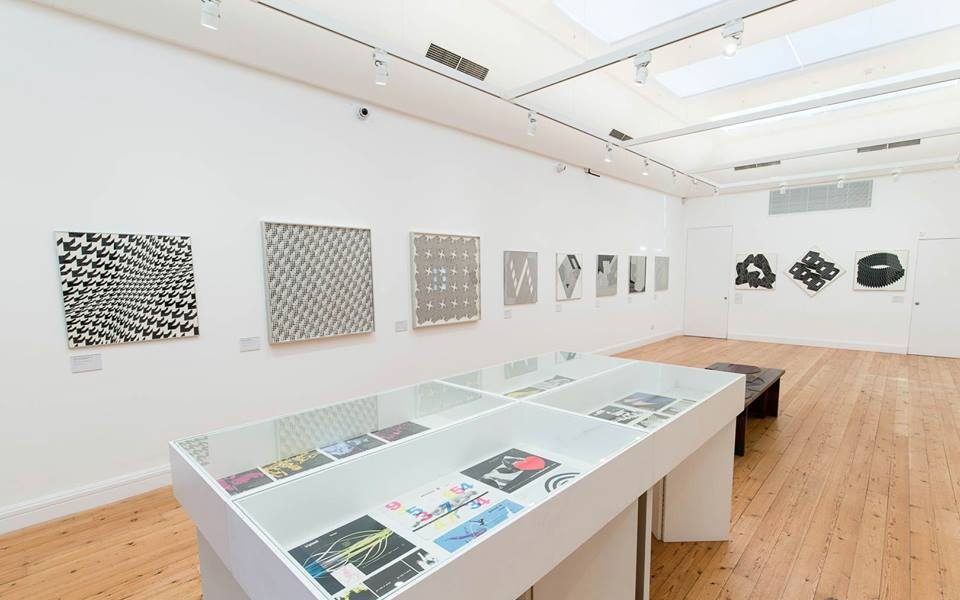
The work of Franco Grignani, as the title of the new exhibition at the Estorick Collection of Modern Italian Art suggests, straddles that line between art and design that so many institutions find uncomfortable. Grignani is best known for his iconic “Woolmark” logo, a black and white swirl intended to resemble a skein of wool. Peer at the label of a high-quality wool suit and you’re almost guaranteed to find one – a bit of everyday graphic design.
However, as this exhibition attests, Grignani was also a talented artist, working with a range of media and techniques to explore optical effects and the process of perception. He worked almost exclusively in black and white, but, although they initially appear to be similar, these paintings show evidence of a deeply exploratory and mathematical mind at work. His practice was inspired by Gestalt Psychology, and the way the graphic lines of his compositions play with the eyes and mind of the viewer is subtly unsettling, leading one to question how and why we see things in a certain way.
When he started working, Grignani’s practice wasn’t understood by the art establishment and he worked in relative isolation, earning money instead from his many endeavours as a graphic designer, including an iconic series of book covers for Penguin (which are featured in the exhibition). However, his monochromatic canvases play an important role in anticipating the Op Art movement that sprang up in the 1960s, and that connection is well emphasised.
The show effectively tackles the contentious divide between art and design by presenting the two endeavours side by side. Franco Grignani may be a little-known name, but this exhibition at the Estorick Collection is an important attempt to bring his work to the attention of a wider audience.
Anna Souter
Photo: Estorick Collection Facebook
Franco Grignani: Art as Design 1950-1990 is at the Estorick Collection of Modern Italian Art from 5th July until 10th September 2017. For further information or to book visit here.


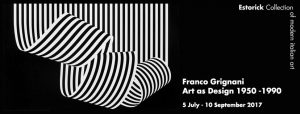
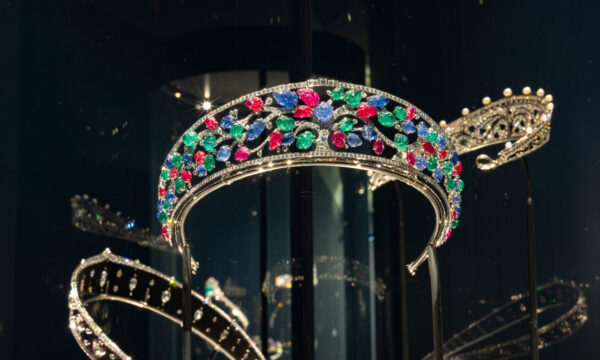

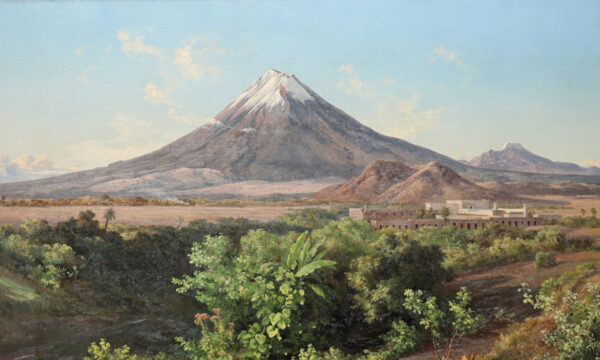
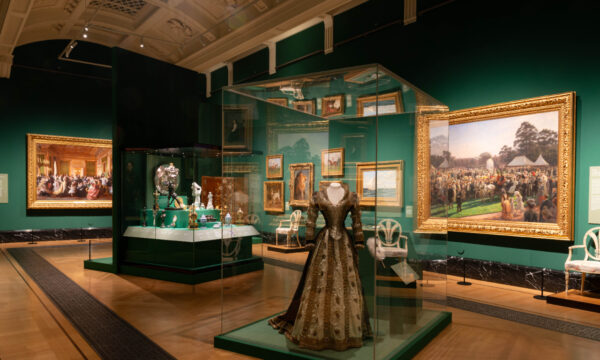
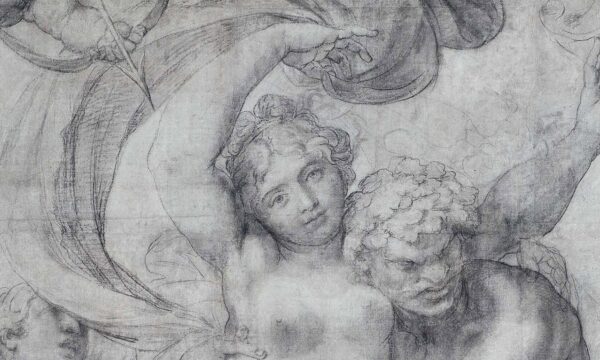
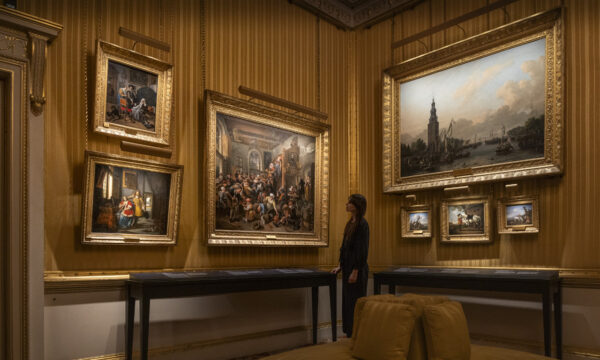
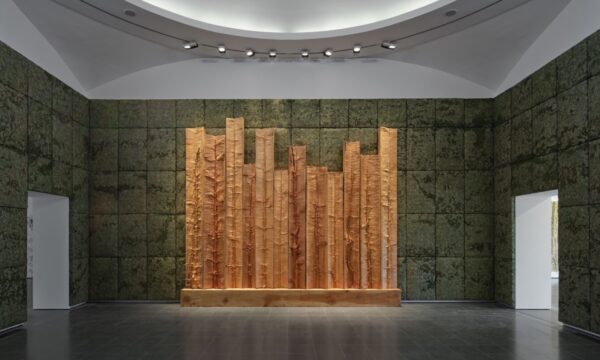






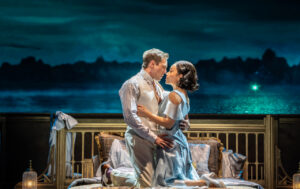









Facebook
Twitter
Instagram
YouTube
RSS